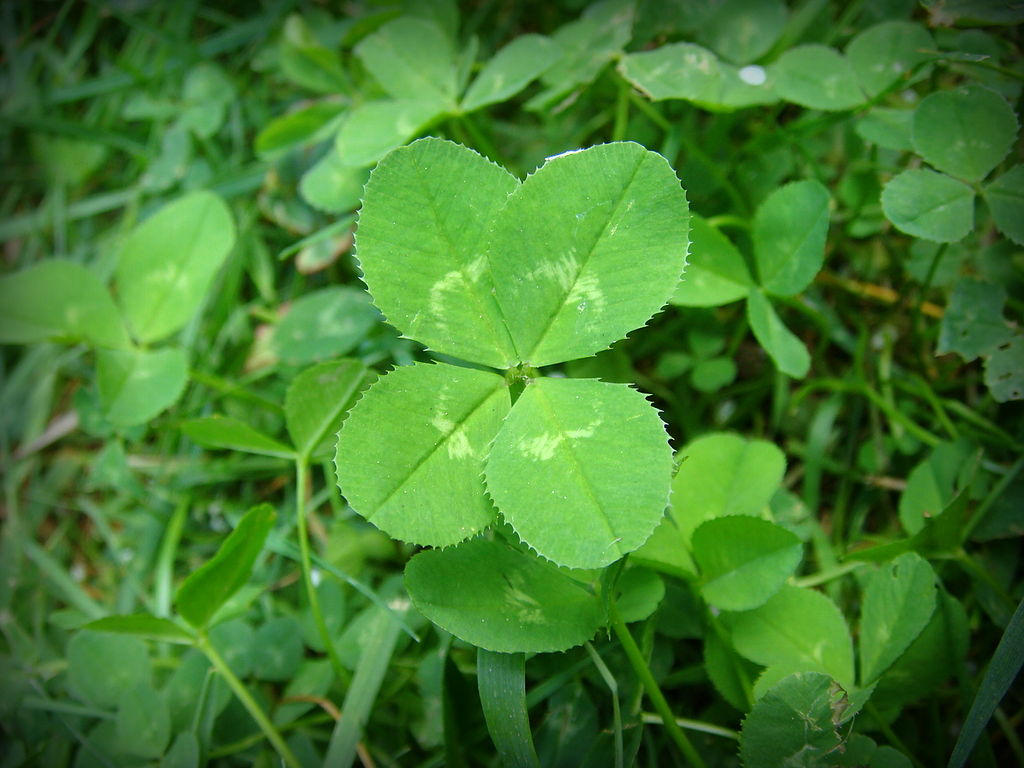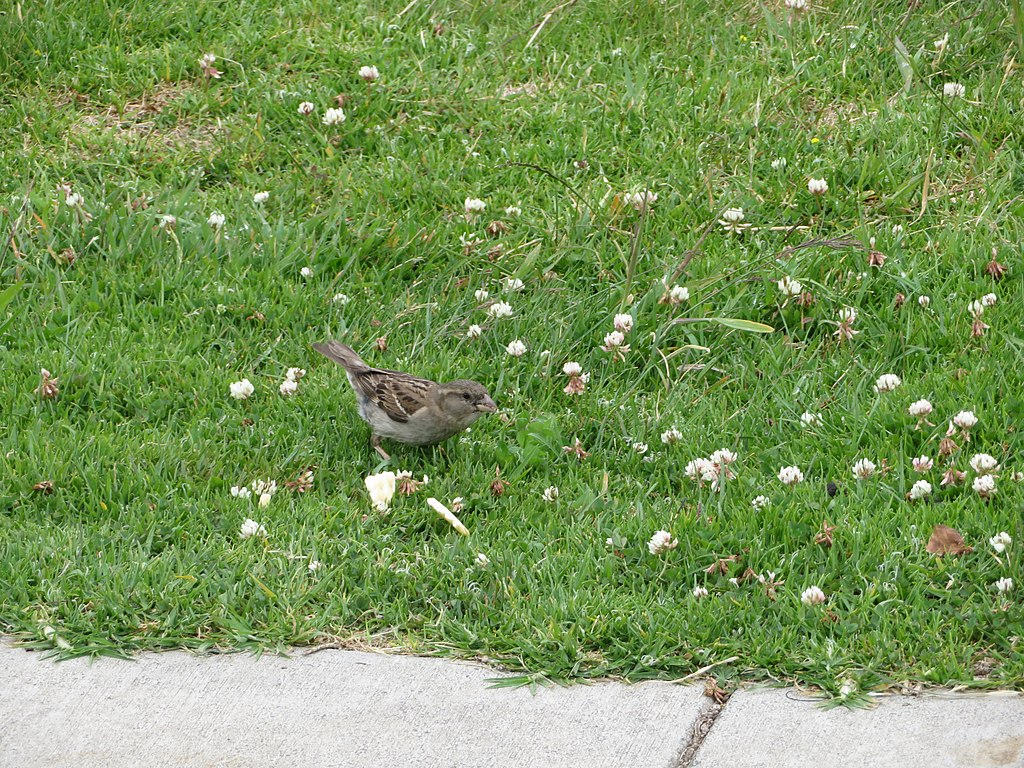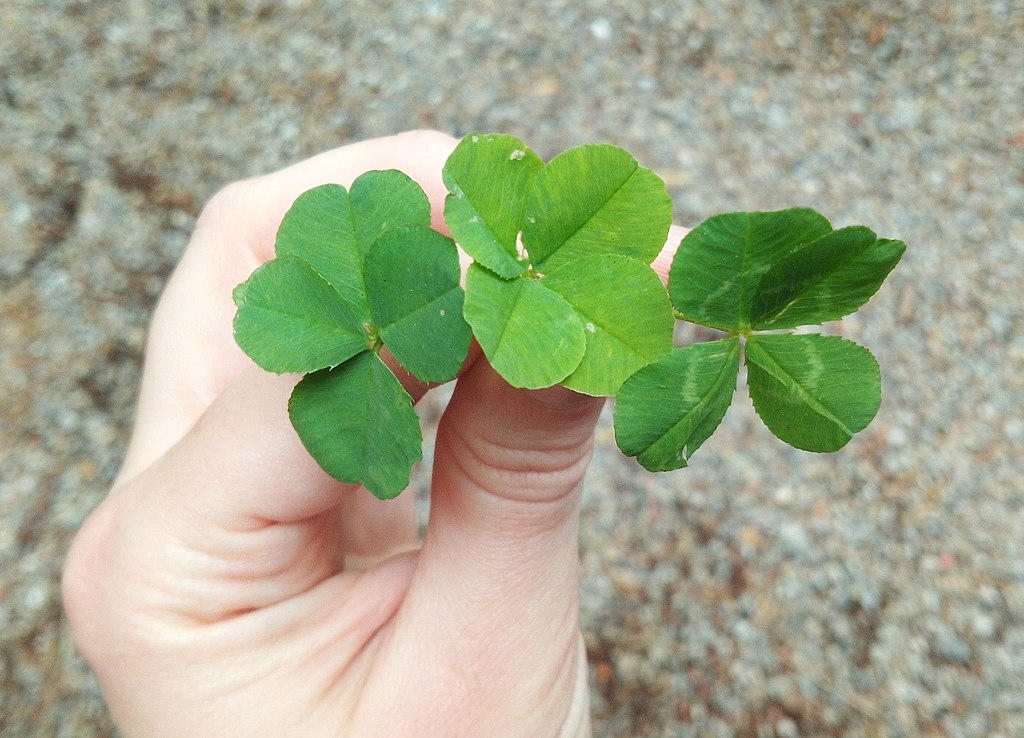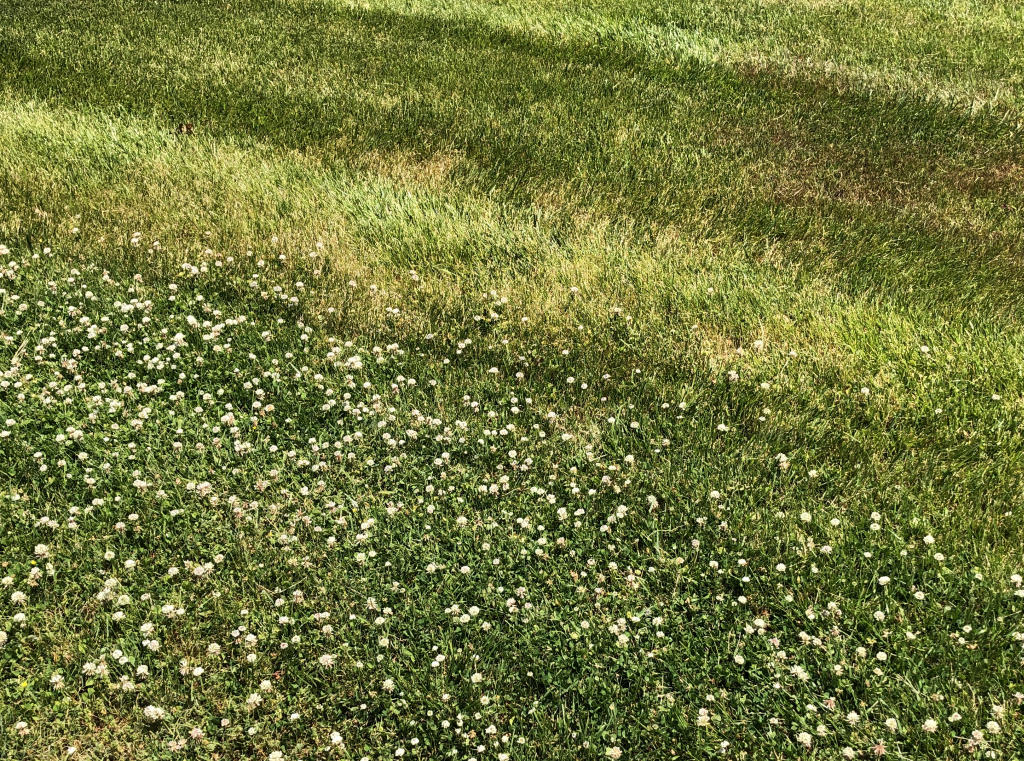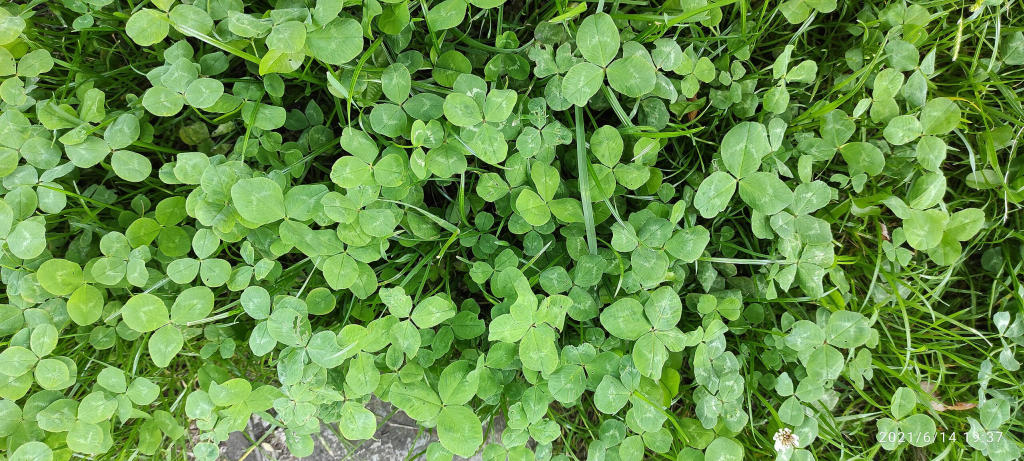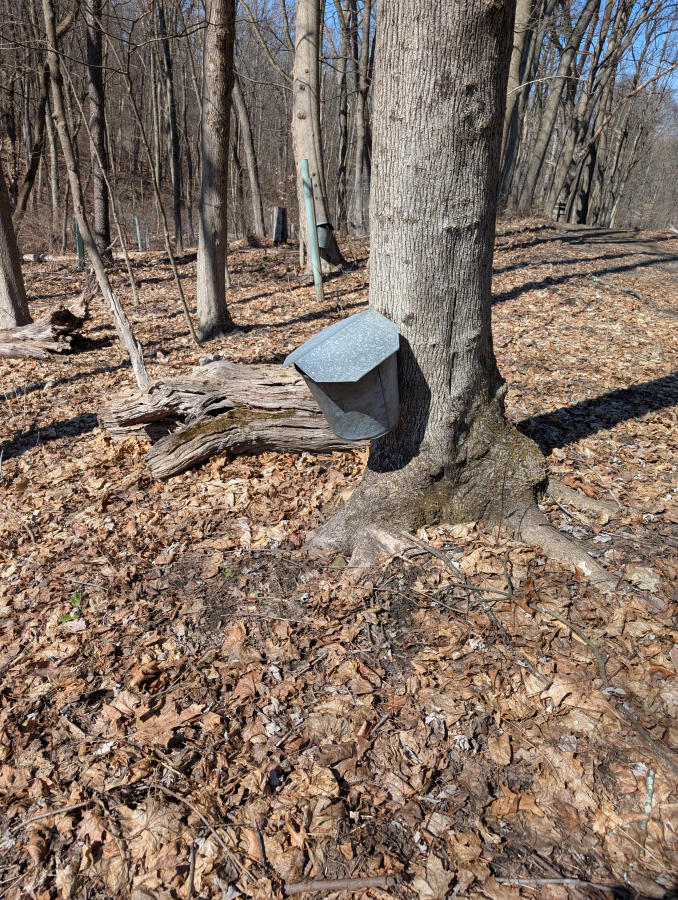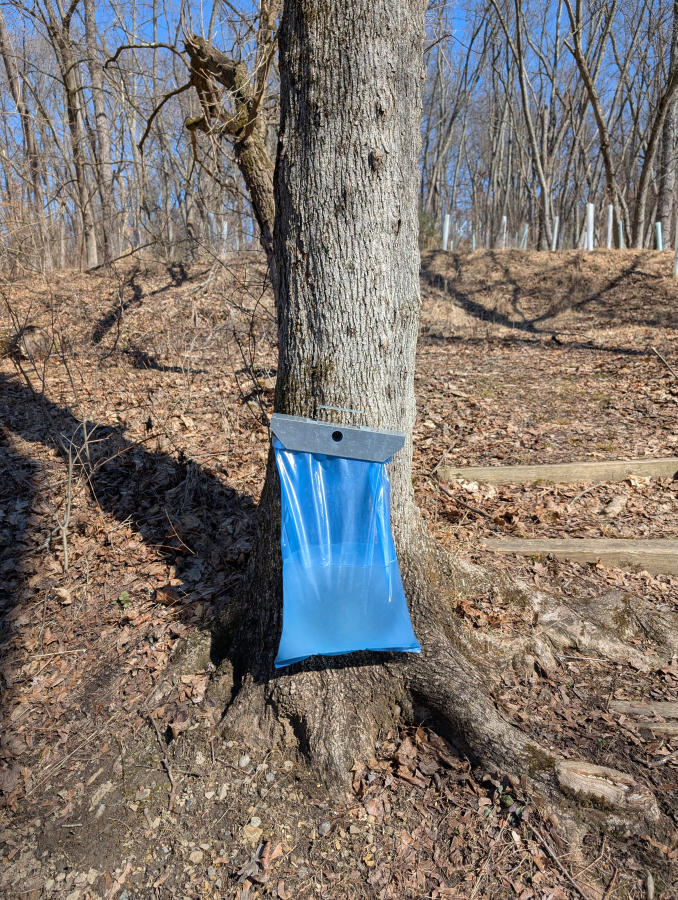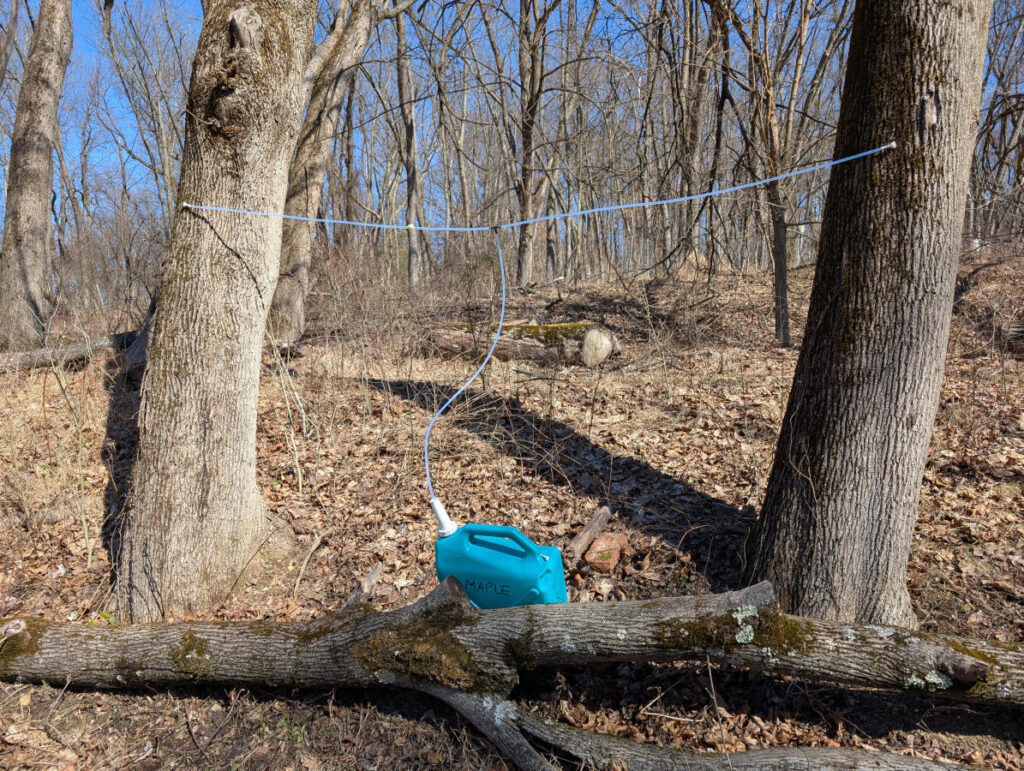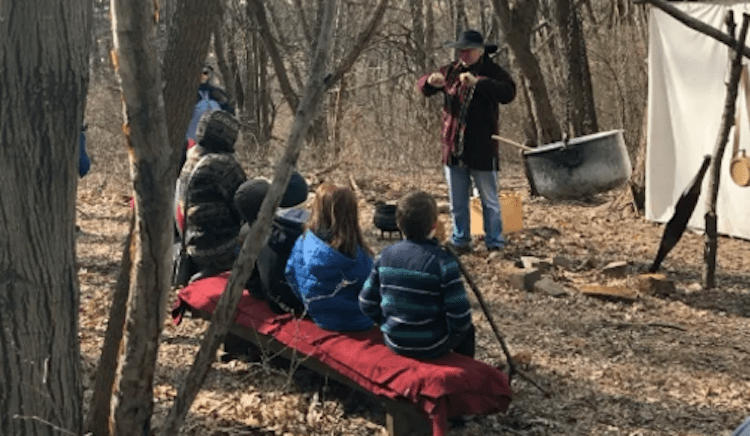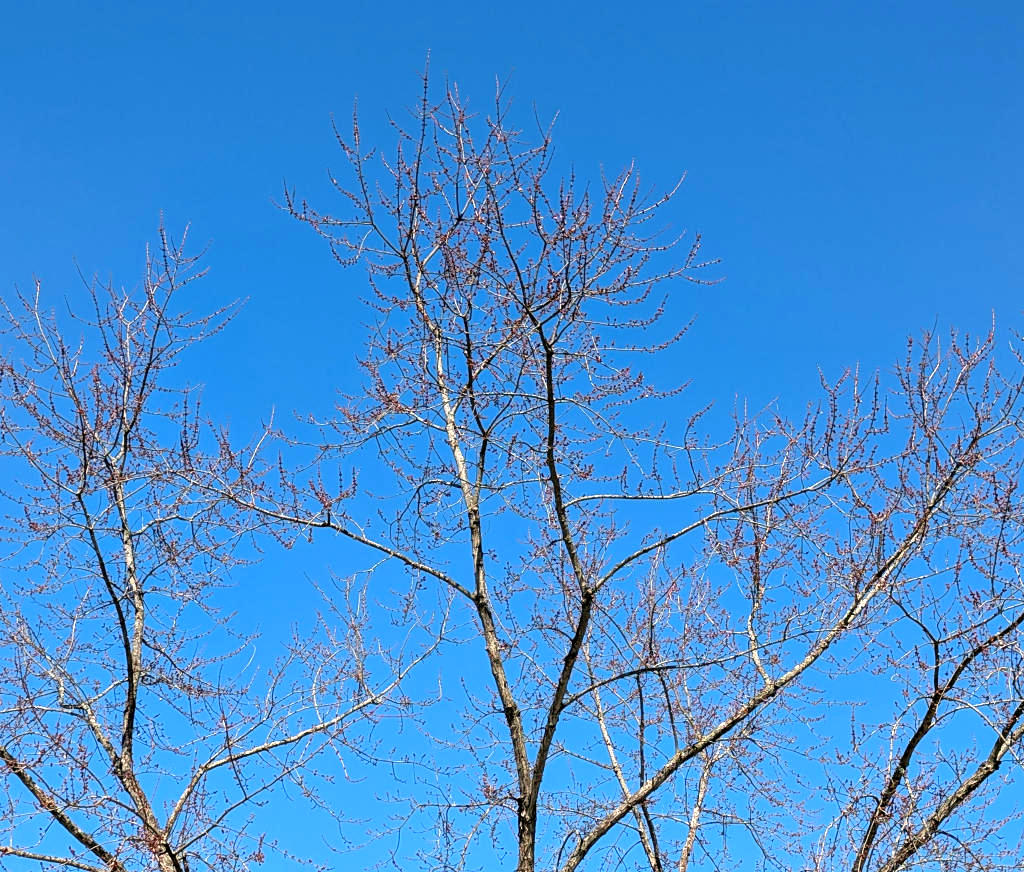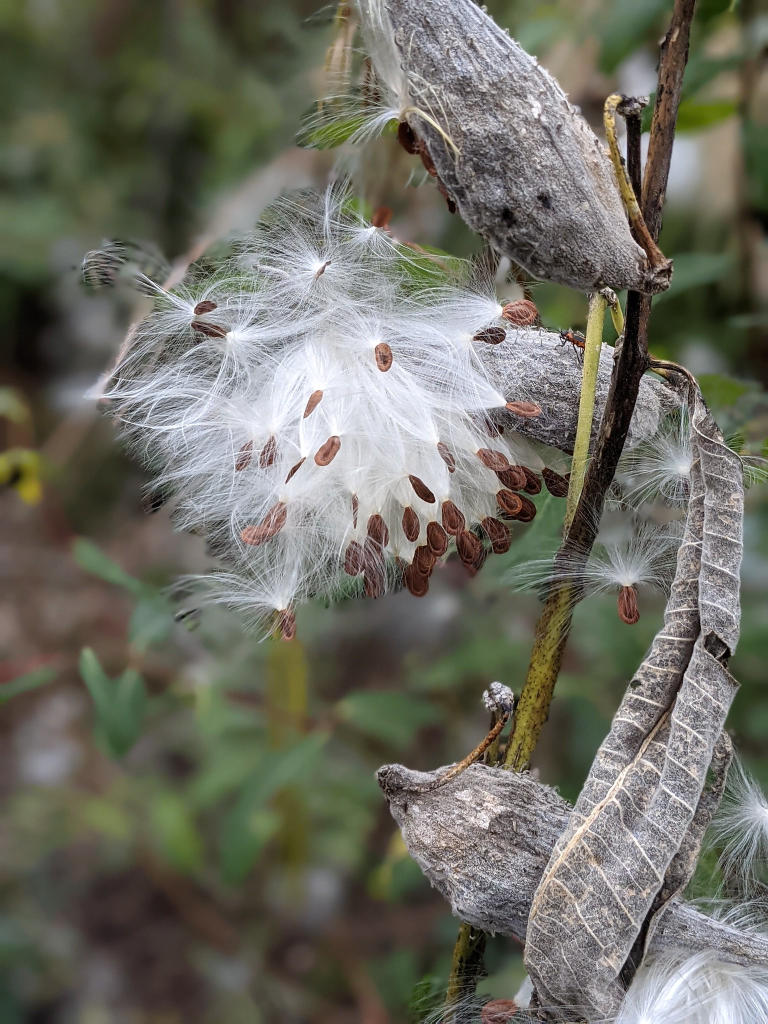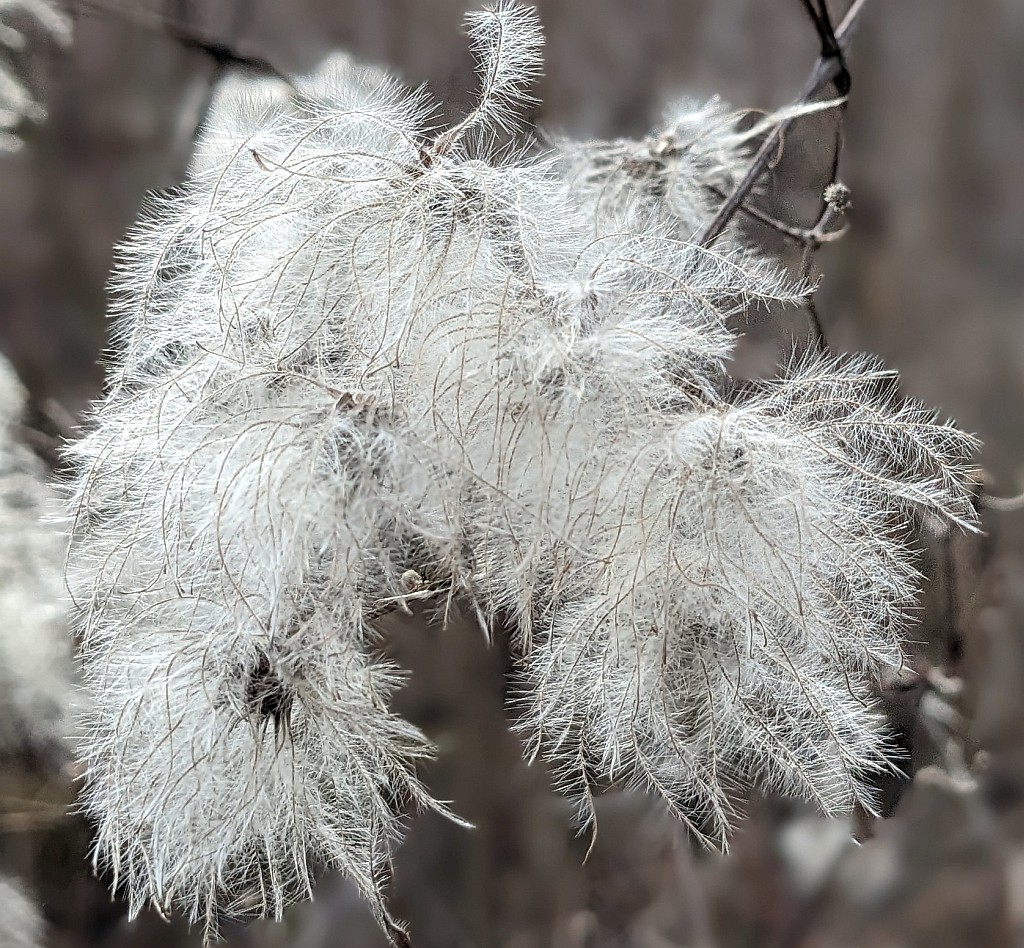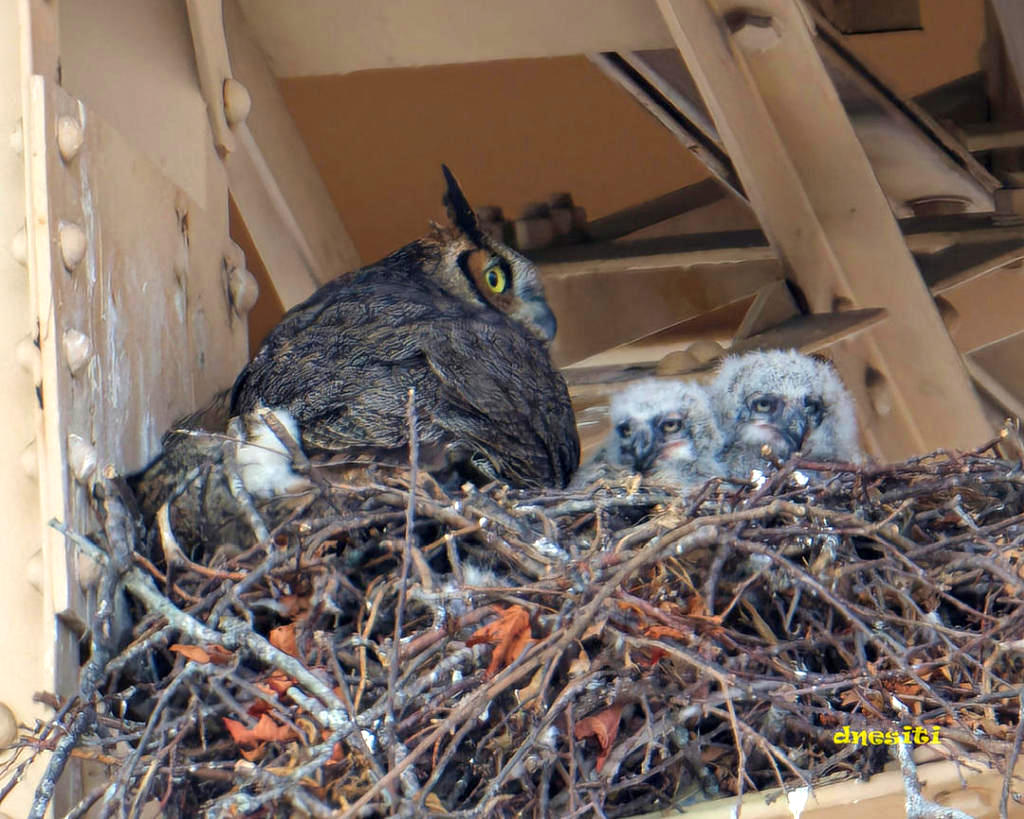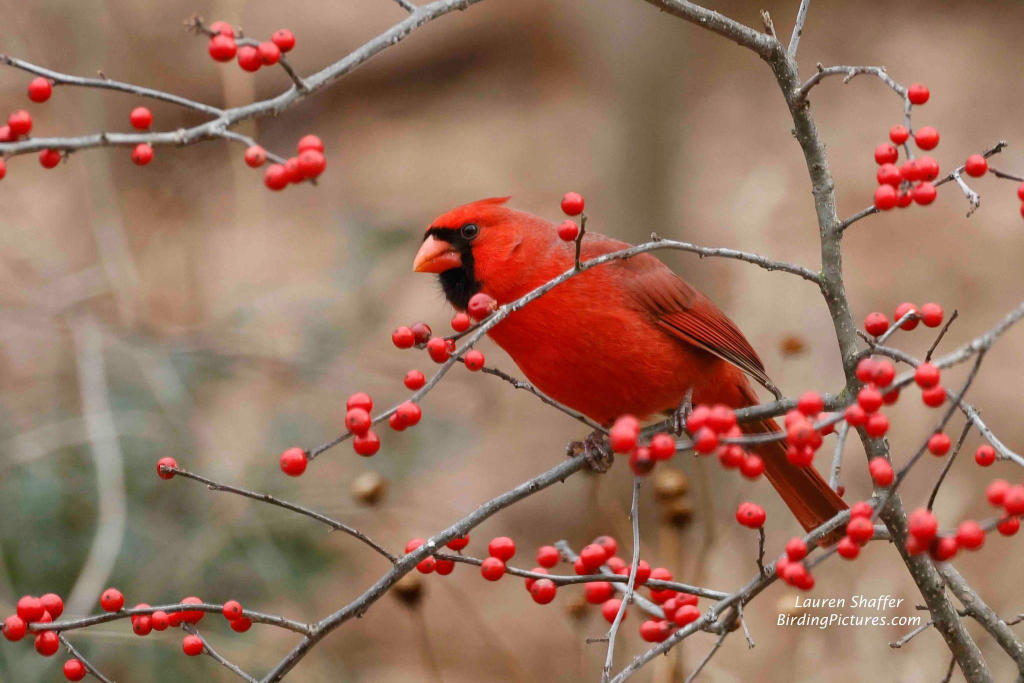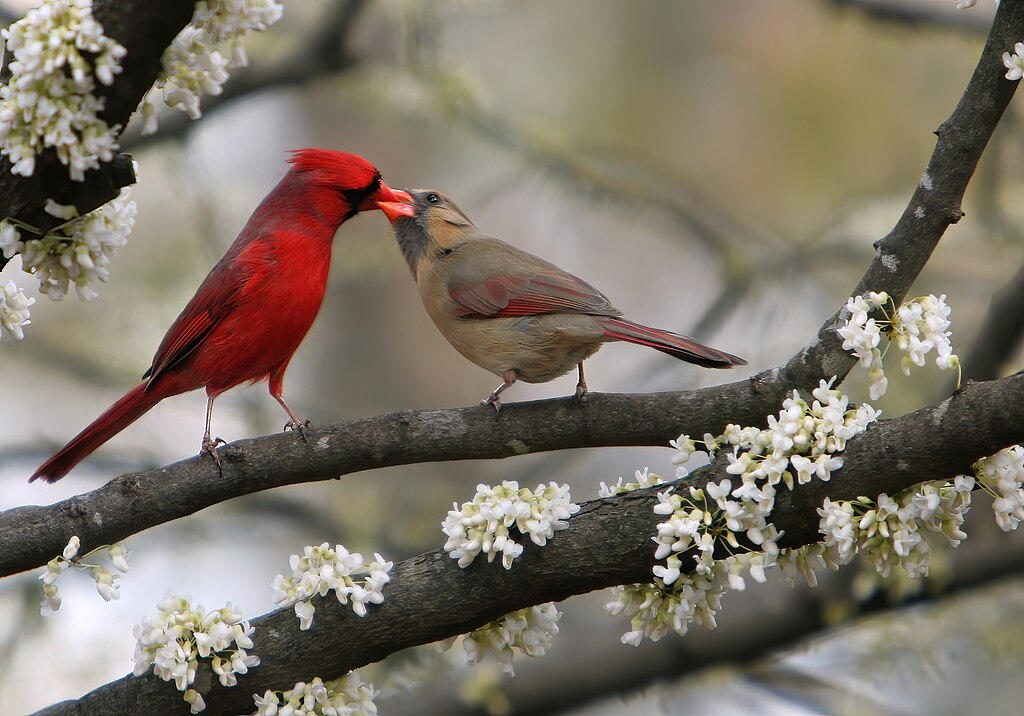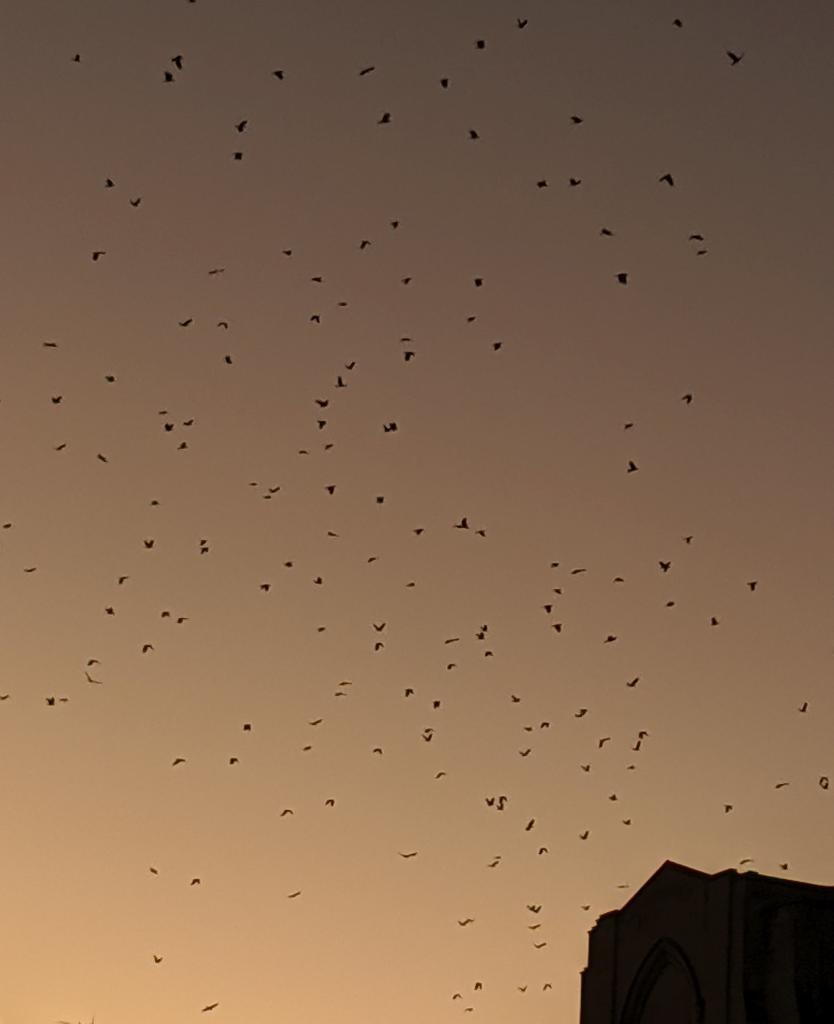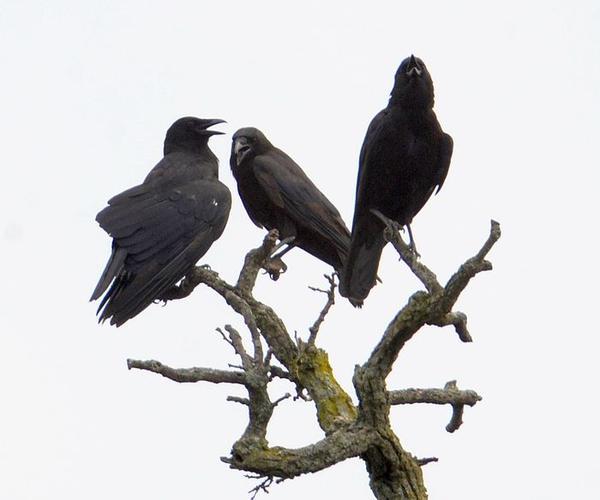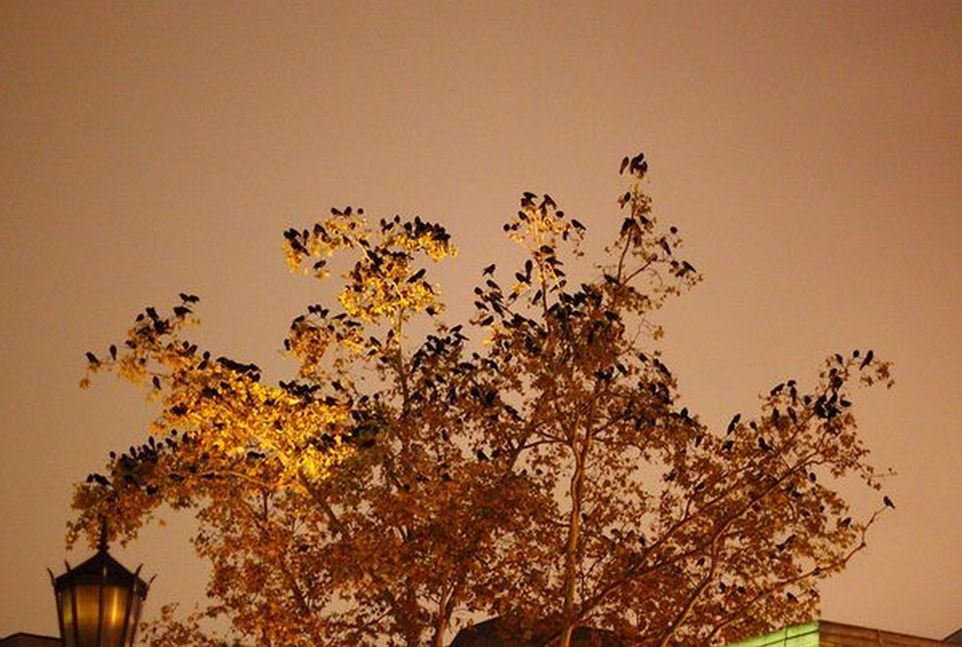
18 March 2024
3/29 at 8pm: I will be at Duck Hollow tomorrow at 8:30am as planned. The predicted rain may hold off for an hour or two. Sometimes more interesting ducks show up when it rains. We’ll see.
It’s time to get outdoors! Join me for 2025’s second Birdblog outing next Sunday.
Sunday 30 March 2025 — 8:30am – 10:30am
Duck Hollow and Lower Frick Park
Meet at Duck Hollow parking lot at the end of Old Browns Hill Road. We’ll check the river for migrating waterfowl and walk the beginning of lower Nine Mile Run Trail watching for birds and many signs of Spring.
Duck Hollow can be excellent or just ho-hum. Yesterday, in addition to the usual suspects, I found one male blue-winged teal (similar to the one pictured above) and eight distant lesser scaup.
Next Sunday I’m counting on the male bufflehead who’s been hanging around for a couple of weeks to still be there in the distance.

Dress for the weather and wear comfortable walking shoes. Bring binoculars, birding scopes and field guides if you have them.
Hope to see you there!
Next Sunday’s weather looks acceptable so far, but always check the Events Page before you come in case of cancellation.
